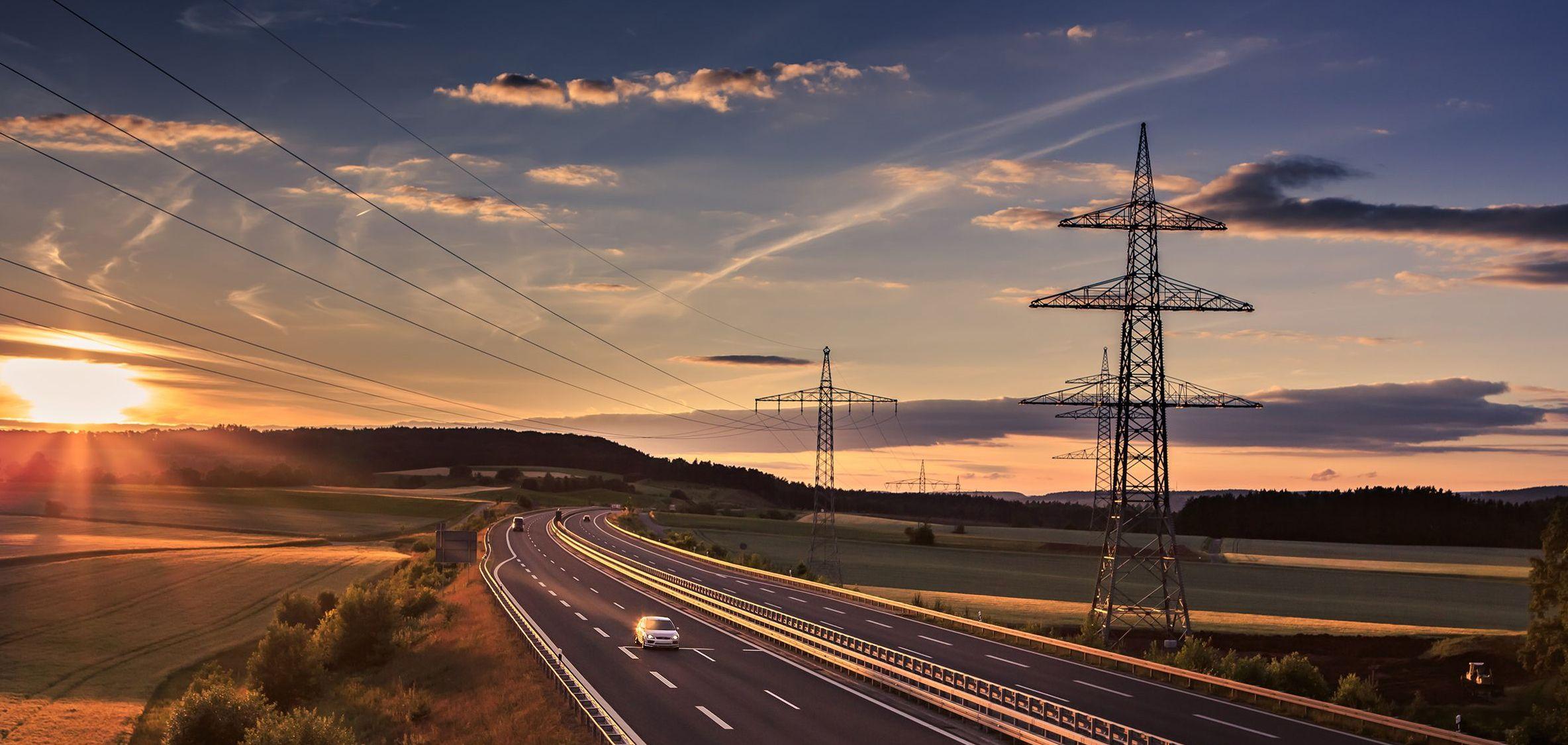Stay up to date with the latest in the energy world. We're excited to share our knowledge and expertise with you.

While implementing Vehicle-to-Grid might sound simple, it’s anything but trivial. It all starts with the vehicle and the right charging station.

The technology is one thing; the regulatory framework is another matter
entirely. Germany is also catching up in this field, while the UK is already
further ahead in this respect. The Netherlands is also playing a very active
role in bidirectional charging.

Battery flexibility has emerged as a high-value asset in today’s volatile European energy markets. Asset owners and investors increasingly recognize that real profits come not just from participating, but from mastering multi-market trading.

To some, bidirectional charging still sounds futuristic and revolutionary: electric vehicles that not only recharge, but also feed electricity back into the grid when needed. In Europe, there are high expectations for this technology to drive the energy transition and stabilize the power grid. But despite all the enthusiasm, there are also many questions and myths surrounding V2G.
In this blog post, we clarify these issues with scientific facts, practical examples, and tips on how you can better understand the opportunities offered by bidirectional charging.

Can energy be traded like stocks? The short answer is yes—only here, the “stocks” are called spot, futures, OTC, and PPAs. In this overview, we show you how prices are actually formed in energy trading, where the risks lie, and how renewables, battery storage, and intraday strategies open up opportunities—including a mini-glossary of key terms such as merit order, balancing group, and control energy.

Many manufacturers are already focusing on electric vehicles with V2G technology - the future is clear. The first V2H and V2L solutions are paving the way for vehicle batteries to later feed energy back into the grid. Here is an overview.

We believe in an energy and mobility future with zero emissions at zero cost. Want to learn more? Dive into our technologies.